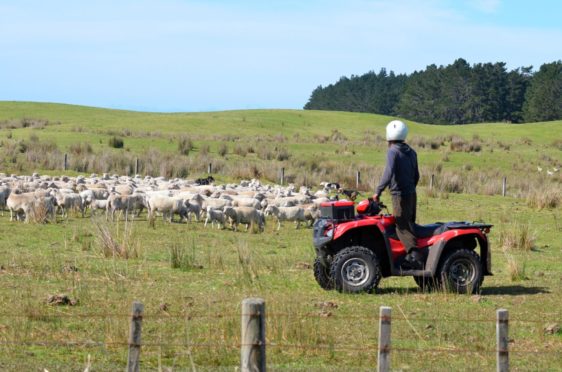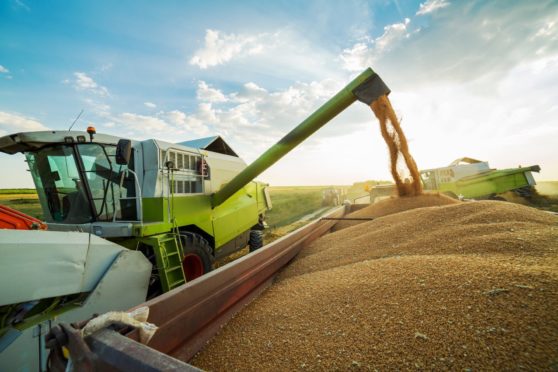Scottish farm incomes fell by more than a third last year and the average farm business would have made a loss of £17,100 without support payments, according to government figures.
The Scottish Government’s farm business income estimates for 2019/20 suggest average business income was down 36% in the year to £25,800 from £40,300 the year before – the second lowest value in the last eight years.
The figures, which exclude pig, poultry and horticulture businesses as they do not receive support payments, show the average farm made a loss of £25,500 from agricultural activity – more than twice the loss made in the previous years.
Increased costs and a decrease in the value of outputs were blamed for the drop in income, however income from contract farming and diversified activities were up 3% and 4% respectively.
“Losses to the business were offset mainly by support payments; direct payments to farmers continued to have the largest impact on overall farm income,” said a Scottish Government statistical release.
The figures showed around 71% of farms made a profit in 2019/20, when support payments were included, and 28% made a profit without support payments.
Beef and sheep enterprises in Less Favoured Areas (LFAs) were most reliant on support payments with only 6% reporting a farm income greater than zero without support payments, while 68% of general cropping and 67% of dairy farms brought in a farm income without support payments.
General cropping farms had the highest average income by farm type at £69,100, followed by dairy at £51,000. The average income from mixed farms was down 77% to £8,100, while cereal farms income was down 33% to £41,000.
Combined cattle and sheep LFA farms received the highest average support payments of £56,900, and without this these farms were making an average loss of £33,500. The average LFA sheep farm made a loss of £37,600 without support payments and only 11% turned a profit without subsidies.
The figures also revealed just over half of farm businesses – 52% – could not afford to pay at least the minimum agricultural wage of £8.12 per hour, and 29% were unable to provide any earnings to unpaid labour from farm income.
More than half of farms – 55% – had diversified activity and the figures suggested those without diversified income streams generated £21,300 less income per annum than their diversified peers.
“The income gap between farms with diversified activities and those without has increased over the last five years,” said the statistical release.
“The most common diversified activity continues to be renting out farm buildings. Other common profitable activities that farmers are doing include micro electricity generation, wind turbines, hosting mobile telephone masts and holiday cottages.”

